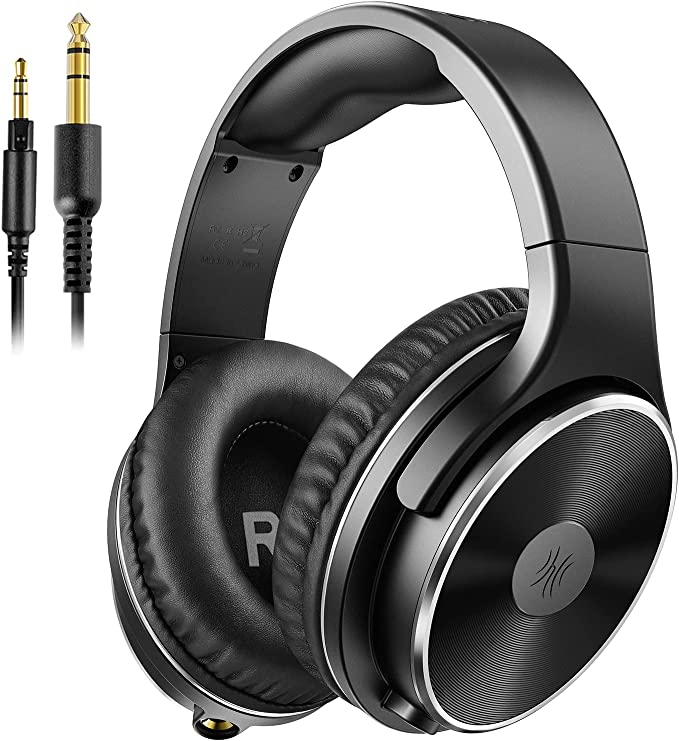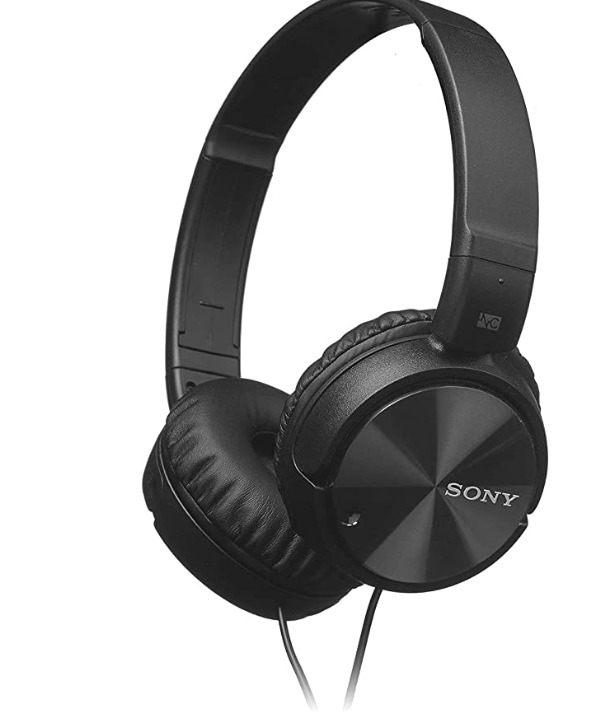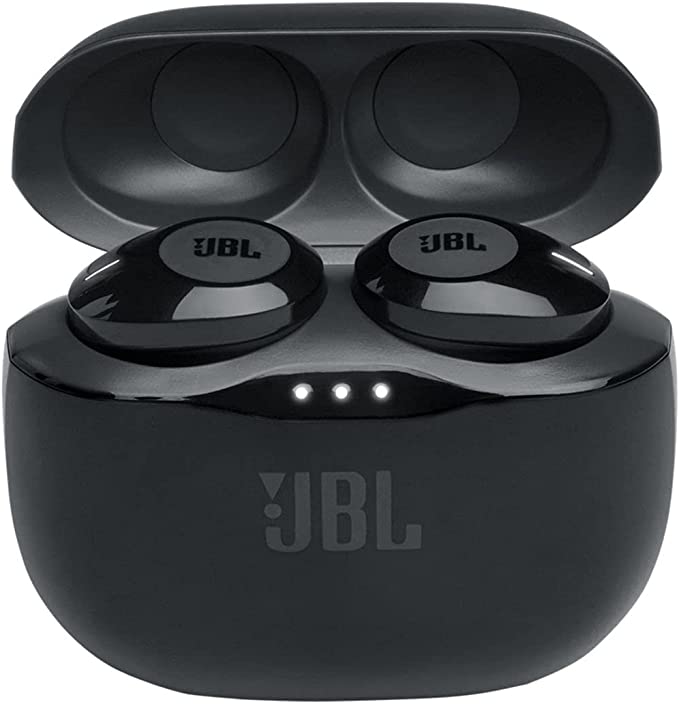JBL PRX ONE: Unpacking the Science of Powerful, Portable Sound
Update on Feb. 16, 2025, 3:41 p.m.
JBL PRX ONE: Unpacking the Science of Powerful, Portable Sound
We’ve all been there – at a concert where the music washes over you, clear and powerful, or at a presentation where every word is crisp and easily understood. The quality of sound profoundly impacts our experience, whether we’re consciously aware of it or not. Achieving that level of sonic excellence, however, can be a complex undertaking. The JBL PRX ONE represents a significant step forward in making professional-quality sound accessible and manageable for a wide range of users, from musicians and DJs to public speakers and event organizers. It does this by cleverly combining the sophisticated science of line array technology with the convenience of an all-in-one, portable design.

A Brief History of Amplified Sound
The quest to amplify sound is as old as civilization itself. Think of the simple megaphone, a cone-shaped device used to direct and amplify the voice. The first electronic amplification systems emerged in the early 20th century with the invention of the vacuum tube. These early systems, while groundbreaking, were often bulky, unreliable, and produced sound that was far from perfect. The development of the transistor in the mid-20th century revolutionized electronics, paving the way for smaller, more efficient, and higher-fidelity sound systems. The evolution continued with integrated circuits, digital signal processing, and the rise of sophisticated speaker designs like the line array.
The Physics of Sound: A Gentle Introduction
To understand how the PRX ONE works its magic, we need to grasp a few fundamental concepts about sound. Sound travels in waves, much like ripples spreading across a pond. These waves have two key properties:
- Frequency: This determines the pitch of the sound. Higher frequency means a higher pitch (like a whistle), and lower frequency means a lower pitch (like a bass drum). Frequency is measured in Hertz (Hz).
- Amplitude: This determines the loudness of the sound. Higher amplitude means a louder sound. Amplitude is related to the sound pressure level, measured in decibels (dB).
Now, here’s where things get interesting. When sound waves meet, they interfere with each other. This interference can be:
- Constructive: The waves combine to create a louder sound.
- Destructive: The waves combine to create a quieter sound.
This principle of interference is crucial to understanding the difference between traditional speakers and line arrays.

Point-Source Speakers: The Traditional Approach
Most conventional speakers are “point-source” systems. They radiate sound outwards in a roughly spherical or conical pattern. This works reasonably well in small, enclosed spaces. However, as you move further away from a point-source speaker, the sound level drops off significantly. This is due to the inverse square law: the sound energy spreads out over a larger area as the distance increases. Furthermore, sound waves reflecting off walls, ceilings, and floors create multiple delayed versions of the original sound, leading to interference that can muddy the audio, causing echoes and uneven frequency response.
The Line Array Revolution: Controlled Interference
This is where line array technology comes to the rescue. Instead of a single sound source, a line array consists of multiple, identical speaker drivers arranged in a vertical line. By carefully controlling the spacing and timing of the signals sent to each driver, acoustical engineers can create a specific interference pattern.
Imagine throwing a single stone into a pond - circular ripples spread out in all directions. Now imagine throwing a line of stones, all at the same time and with precise spacing. The ripples from each stone will interact, creating a wave front that is much more directional and travels further with less spreading.
That, in essence, is how a line array works. The multiple drivers act like those stones, and their combined output creates a cylindrical wavefront, rather than a spherical one. This has several key advantages:
- Consistent Sound Levels: Because the sound energy is more focused, the drop-off in volume with distance is less pronounced. This means a more even sound level from the front of the audience to the back.
- Reduced Reflections: Less sound is directed towards the ceiling and floor, minimizing unwanted reflections and improving clarity. The narrow vertical dispersion (30° in the case of the PRX ONE) is crucial for this.
- Greater Throw: The focused sound beam can project further, making line arrays ideal for larger venues or outdoor events.
JBL PRX ONE: Engineering Sound, Simplifying Setup
The JBL PRX ONE embodies the benefits of line array technology in a package that’s surprisingly easy to transport and set up. It’s a self-contained system, meaning it includes not only the speakers but also a built-in amplifier and a digital mixer. This all-in-one design eliminates the need for separate components and complicated wiring, making it a game-changer for anyone who needs professional-quality sound without the hassle.
JBL A.I.M. Technology: Precision Wave Shaping
JBL’s A.I.M. (Array Inumbration Mechanics) technology is at the heart of the PRX ONE’s exceptional performance. It’s not just about stacking speakers in a line; it’s about precisely controlling the interaction of those speakers. A.I.M. uses sophisticated algorithms and carefully designed acoustic elements to optimize the array’s coverage pattern. This means that the sound is directed exactly where it needs to go, minimizing wasted energy and maximizing clarity. The geometrical optimization ensures consistent frequency response across the entire listening area.
The Drivers: A Symphony of Highs and Lows
The PRX ONE features twelve 2.5-inch high-frequency drivers arranged in the vertical column. These smaller drivers are ideal for reproducing the delicate details of vocals and instruments. Their size and spacing are critical for creating the coherent wavefront that defines a line array.
Handling the low frequencies is a powerful 12-inch bass-reflex woofer. The woofer’s enclosure is carefully designed with a quad-port bass-reflex system. These ports allow air to move in and out of the enclosure, extending the low-frequency response and increasing efficiency. This means deeper, more impactful bass without requiring excessive amplifier power.
The Built-in Mixer: Your Control Center
The integrated 7-channel digital mixer is where you take command of your sound. It offers a variety of inputs to accommodate different sources:
- Four XLR/1/4” Combo Jacks: These versatile inputs can accept either XLR (typically used for microphones) or 1/4” (typically used for instruments) connectors. Channels 1 and 2 even provide +48V phantom power, necessary for operating condenser microphones.
- Two 1/4” Hi-Z Inputs: These are specifically designed for instruments with high impedance outputs, like electric guitars and basses.
- One 1/8”“/BT Summed: This allows for an unbalanced input, or a Bluetooth signal.
The mixer offers two modes of operation:
- Mix Mode: In this mode, each knob controls the volume of its corresponding channel, just like a traditional mixer.
- Channel Strip Mode: This mode allows you to select a specific channel and use the knobs to adjust various parameters for that channel, such as gain, bass, mid, treble, and effects sends.
The mixer also includes a suite of built-in Lexicon effects, including reverb, delay, and chorus. These effects can add depth, richness, and polish to your sound.
Digital Signal Processing (DSP): The Brains of the Operation
The PRX ONE is equipped with powerful digital signal processing (DSP) capabilities, courtesy of dbx DriveRack technology. DSP is essentially a computer that’s dedicated to manipulating audio signals. This allows for a wide range of sophisticated processing, including:
- Equalization (EQ): Adjusting the balance of different frequencies to shape the overall sound.
- Compression: Reducing the dynamic range of a signal, making the quiet parts louder and the loud parts quieter.
- Limiting: Preventing the signal from exceeding a certain level, protecting the speakers from damage.
- Automatic Feedback Suppression (AFS): This is a particularly valuable feature. AFS automatically detects and eliminates the annoying squeals and howls that can occur when a microphone picks up sound from the speakers. It does this by using very narrow notch filters to attenuate the specific frequencies that are causing feedback.
Connectivity: Getting Connected
The PRX ONE offers a variety of ways to connect your audio sources:
- Inputs: As mentioned above, the mixer provides a range of inputs for microphones, instruments, and other devices.
- Outputs: An XLR Pass Thru output allows you to send the audio signal to another speaker or recording device. This output can be configured for full-range, sub, or custom settings.
- Bluetooth: The PRX ONE features Bluetooth 5.0 connectivity, allowing you to stream audio wirelessly from your smartphone, tablet, or computer. It is good to remember to turn off your Bluetooth if using the aux in.

PRX ONE in Action: Real-World Scenarios
Let’s consider a few examples of how the PRX ONE might be used:
- A Wedding DJ: The PRX ONE’s portability and all-in-one design make it ideal for mobile DJs. The line array provides even coverage across the dance floor, ensuring that everyone can hear the music clearly. The built-in mixer and effects allow the DJ to fine-tune the sound for the venue.
- A Small Band: A band playing in a club or bar can benefit from the PRX ONE’s power and clarity. The line array minimizes feedback and ensures that the vocals and instruments are heard clearly by the audience. The built-in mixer eliminates the need for a separate mixing console.
- A Corporate Presenter: The PRX ONE’s clean, professional look and ease of use make it a great choice for presentations. The line array ensures that the presenter’s voice is heard clearly throughout the room, even in larger spaces.
- House of worship: The PRX ONE is suitable for permanent installation.
Addressing Potential Concerns
It’s important to be upfront about any potential drawbacks. Some users have reported connectivity issues with the Android version of the JBL Pro Connect app. However, it’s crucial to note that JBL is actively working on updates to improve the app’s performance. Furthermore, the PRX ONE can be fully operated without the app, using the intuitive controls on the unit itself.
The PRX ONE, while portable, is not lightweight. The subwoofer cabinet, which houses the amplifier and mixer, weighs 55.65 lbs. While this is manageable for most people, it’s something to consider if you’ll be frequently moving the system. It’s also important to distinguish this net weight from the shipping weight, which will be higher due to packaging.

The Future of Sound
The JBL PRX ONE represents a significant step forward in the evolution of portable PA systems. It combines the advanced technology of line arrays with user-friendly design and powerful performance. As technology continues to advance, we can expect to see even more sophisticated and versatile sound reinforcement solutions, further blurring the lines between professional and consumer audio. The trend towards all-in-one systems, wireless control, and intelligent DSP is likely to continue, making it easier than ever for anyone to achieve high-quality sound.



























































